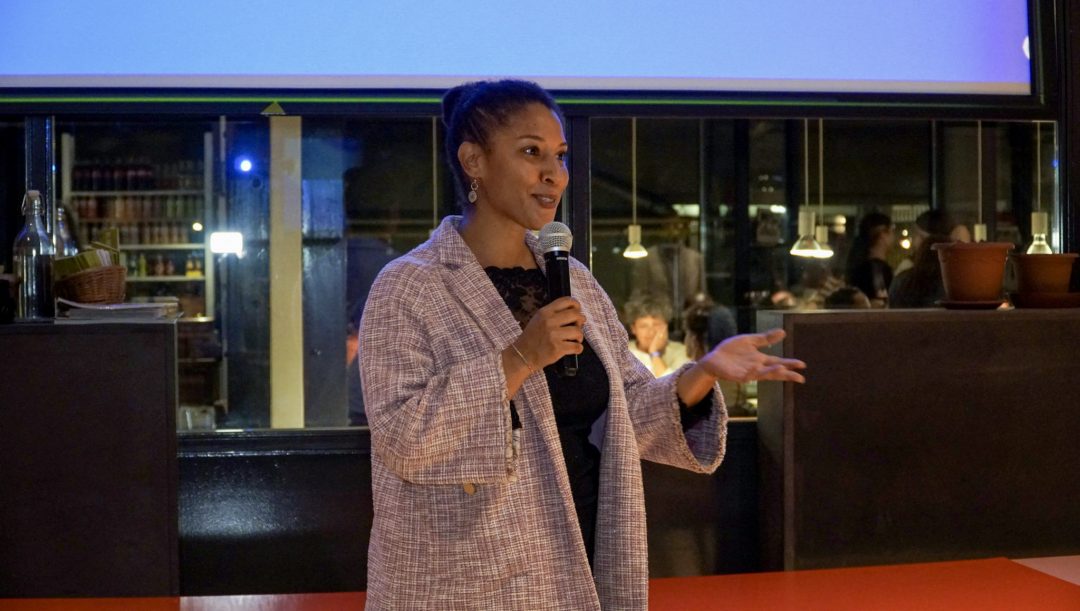Last week, we discussed the ins and outs of getting to know your customers by talking to them. Today, we’ll take a deep dive into how to conduct successful customer interviews: I’ve noticed some common errors that I made when I first started out, and I’ve seen other entrepreneurs make. So I’ve crafted a list of 4 Dos and 3 Don’ts to keep in mind when talking to your potential customers. They’ll help you get better data and not be misled by what you find.
Remember: even if you don’t have customers yet, you can get feedback on your product by asking “testers” who have the same characteristics as the people you target.
Still don’t know who you customers are? Jump straight to the second episode of our series “Starting a Business”: Get to know your customers.
All set? Here is your guide on what to do and what not to do when getting your hands dirty with customer interviews!
DONTS
Don’t Pitch Your Product

This is not the time to be pitching your product to your potential customers. You want objective answers and you won’t get them by trying to sell your solution. But don’t fall into the opposite excess and mention the difficulties or drawbacks you encountered while working on your product.
“Would you buy a shampoo that will keep your dog smelling nice for 2 weeks?” and “Would you buy a shampoo that will keep your dog smelling nice for 2 weeks, but it’s going to cost you 60$ and it needs to sit on the dog for 2 hours?” are two very different questions, and will probably give you two very different answers.
Don’t Ask if They Would Do Something
Asking people what they would do is about as useful as asking your neighbor if it’ll rain today. Neither one will give you a reliable answer. I’m sure you know this, but people lie…. and it’s not malicious in this case! They either really think they’d do what you ask them, or they don’t want to hurt your feelings. How many times have we said we’d start going to the gym 4 times a week – starting from next week? Or that we’d go on that new diet – but first let me have that pastry?
“What people say they will do and what they actually do two are usually two different things.”
What people say they will do and what they actually do two are usually two different things. That data won’t actually help you. At best it’ll give you false hope. At worst, you’ll be working off of bad data that validates your hypothesis.
Don’t Ask Leading Questions
This is a common issue that we often face when trying to get answers – even for questions that aren’t product related. Most of the times we don’t even realize we’re doing it. We nudge people towards the answer we want without noticing it.

In a study, it was shown that people who were asked ‘Do you get headaches frequently and, if so, how often?’ reported an average of 2.2 headaches per week, while those who were asked ‘Do you get headaches occasionally and, if so, how often?’ reported only 0.7 per week. It can be pretty hard to find alternatives, and sometimes you just can’t. But whenever possible try to not lead the customer towards one answer over another.
Dos
Set Objectives For Your Customer Interview
While an interview should feel like a casual conversation for your possible customer, it isn’t just that – especially not for you. You will only get valuable feedback if you don’t have it clear what you’re trying to find out. Do you want to know why they didn’t purchase your product? Do you want to know what they thought of your prototype? Do you want to understand if someone WOULD buy your product?
Whatever your objective is keep it in mind when crafting questions. This way you’ll get all the information you need from the customer. If not you’ll have a wonderful conversation, but get very little useful information from it.
Ask Them About How They’re Doing Without You
It might seem stupid, but this question will help you better understand if they’ll actually buy your product, and how to best answers their needs. What you really want here is to understand how they’re currently answering the need you’re trying to solve with your product.
Read More: Starting a Business I – Finding a Problem to Solve
While you’re at it, take advantage of this to find out the problems they’re encountering with that solution – most likely your competitors. Is it too slow? Too expensive? Doesn’t really work all that well? From this line of questions you can find out several things:
Are they actually looking for an alternate solution? If they haven’t looked for a solution that might indicate that it’s not really that big of a concern.
The pain points that they’re feeling about current solutions. This is what you’ll have to hone on when selling your product if you solve any of these pain points.
Ask Them About Their Past Behavior

Stories are the best way to get insights about your customers. Always ask them what they’ve done in the past instead of what they may do: you can trust what people have done. If they’ve spent the past year going to the gym twice a week, you shouldn’t expect them to suddenly start going 7 days a week. If they’ve made expensive impulse purchases in the past, they’re likely to do it again. So always ask “Tell me about ….” or “what happened the last time you ….” These set them up to tell you a story and you can always ask them to expand on things that interest you.
Let There Be Silences
I’m the first to admit… if there’s a pause or silence I feel uncomfortable and try to fill it. It’s a natural human reaction – but it’s time to fight it. Silence is not bad in these interviews, on the contrary! More likely than not the person you’re interviewing will try to step in and fill these silences, which is what you want! That way they’ll keep on talking and you’ll keep on learning.
Now you’re all ready! Remember: set your objectives and try to get stories from your customers. Not only will this help you internalize your learnings quicker, it’s also where you get the best information. Plus stories are fun and useful to tell your team so they also understand what needs to be done to make customers happy!
If you’re looking for support and guidance on how to develop your business idea and get your first customers, we have the answer!



